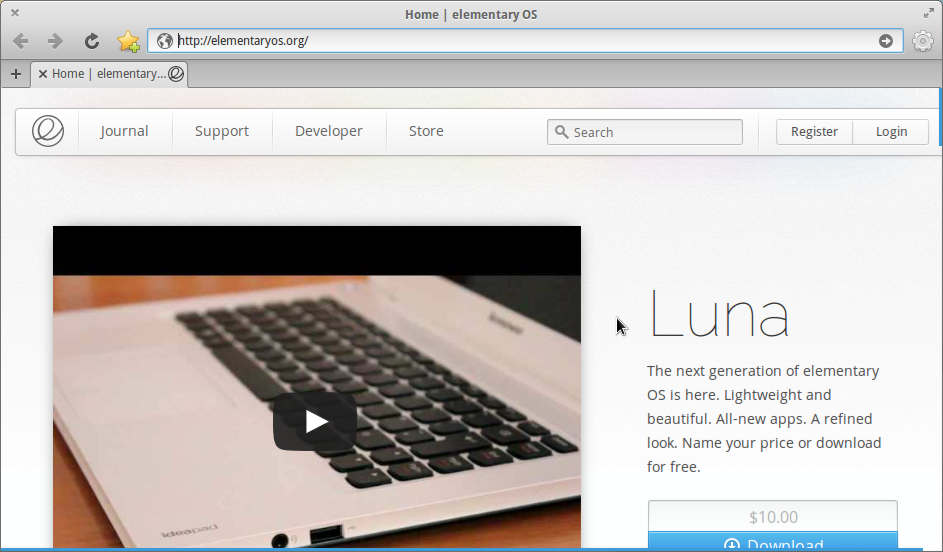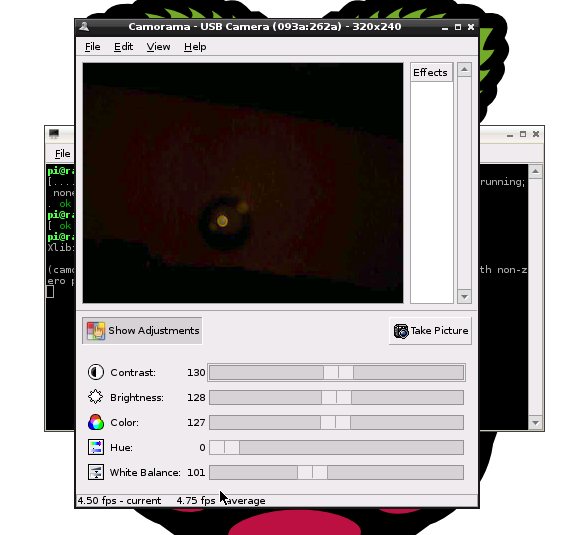If you search for the term "Everyday Linux" in Google you will see that the site at the top of the rankings is "Everyday Linux - Element Opie Productions".
Now I would like to think that some of the people typing "Everyday Linux" into Google may be looking for this site but that may be just pure narcissistic fantasy on my own behalf.
The "Everyday Linux - Element Opie Productions" link takes you to the website of the "Everyday Linux Podcast" which up until now hasn't shared a link with this blog except for the fact that we share the words...








